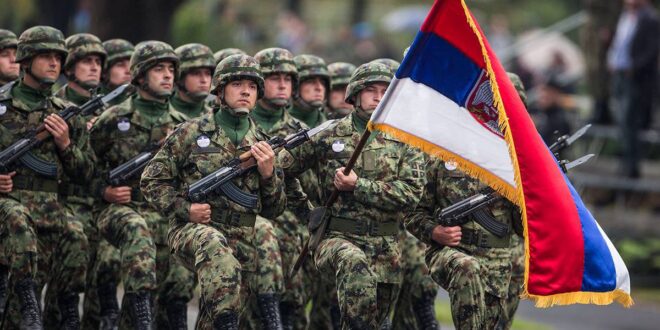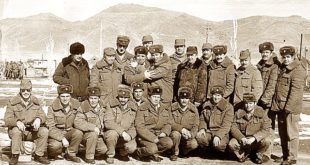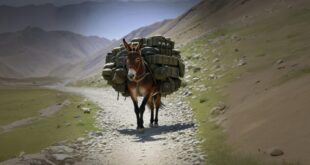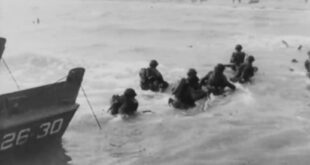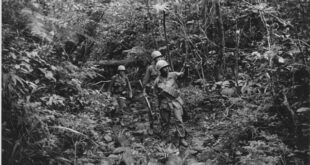Belgrade has launched an “unprecedented staging of advanced Serbian artillery, tanks, and mechanized infantry units” at the border with Kosovo, a senior U.S. official told reporters on Friday.
The White House urged Serbia to pull back what it said is a large military deployment from its border with Kosovo amid rising tensions after deadly clashes this week in a Kosovar village.
“We are calling on Serbia to withdraw those forces from the border,” White House National Security Council spokesman John Kirby told reporters on September 29, adding that the build-up was a “very destabilizing development.”
U.S. Secretary of State Antony Blinken has spoken with Serbian officials, and national-security adviser Jake Sullivan has spoken with Kosovar officials, Kirby said.
“We are monitoring a large Serbian military deployment along the border that includes unprecedented staging of advanced Serbian artillery, tanks, and mechanized infantry units. We believe that this is a very destabilizing development,” Kirby said in a conference call.
He also said there would be an increase in the peacekeeping force known as KFOR in northern Kosovo. There currently are about 600 U.S. forces participating in the force, he said.
Milan Radoicic, the top official of the main ethnic-Serb political party in Kosovo, admitted earlier to organizing and participating in the events that sparked the most recent clash with police, which occurred at an Orthodox monastery in Kosovo and left four people dead.
In a statement read by his lawyer on September 29 in Belgrade, Radoicic said that he “personally made all the logistical preparations,” adding that the Serbian government had no knowledge of what was happening.
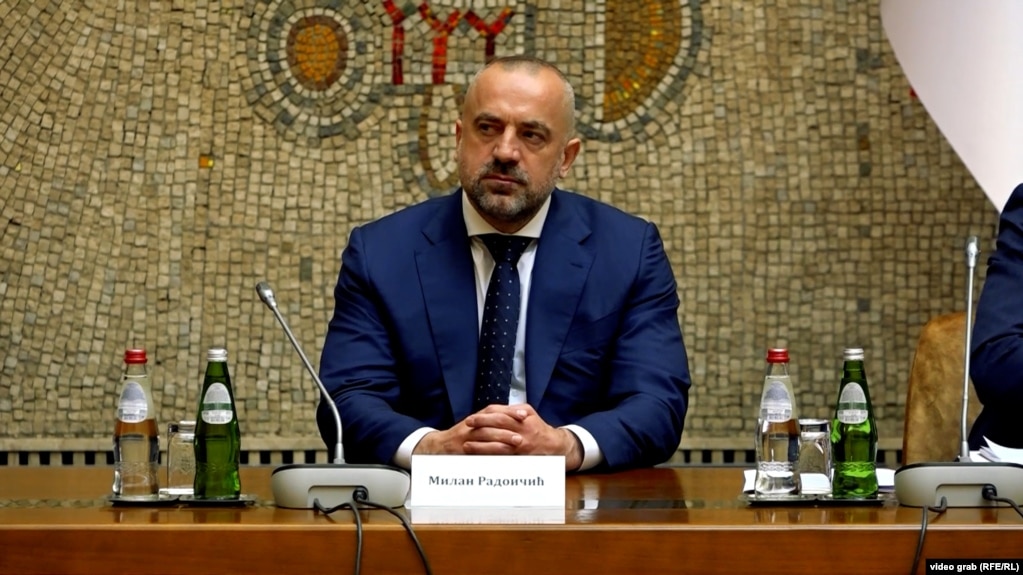
Radoicic described his actions as a way to “encourage Serbs” from the region to resist what he called “the terror of [Kosovo Prime Minister Albin] Kurti’s regime.”
The admission comes days after Kosovo accused the ethnic-Serb politician of organizing and participating in the attack in Banjska on September 24, in which three attackers were killed, along with a Kosovar police officer.
Pristina has said that at least six of the suspected attackers who escaped were in Serbia and demanded Belgrade hand them over to Kosovar authorities.
Kosovo’s interior minister, Xhelal Svecla, published a video on September 26 showing heavily armed men in the monastery complex and said that among them was Radoicic. It wasn’t immediately possible to verify his identity in the video, which Svecla said was shot on September 24, though Radoicic’s admission appears to confirm the footage.
Serbian President Aleksandar Vucic acknowledged on September 27 that Radoicic was in Serbia.
Vucic, who has denied claims that Serbia was involved in the clashes saying the gunmen were local Kosovo Serbs “who no longer want to withstand the terror” of Kosovo’s ethnic Albanian authorities, told Serbian state television that Radoicic would be questioned by the Serbian authorities about the matter.
“He will certainly respond to the invitation of the competent authorities of Serbia, I am convinced that he will be heard,” Vucic said.
“He considers himself a fighter for freedom, he has never given up on his comrades and he will never give up, but there are things and questions that he will have to answer,” he added.
Radoicic is a construction tycoon as well as a top official of the main ethnic Serb political party in Kosovo, Serbian List, funded mainly by Belgrade. He was hit with sanctions by the United States and Britain in 2021 for allegedly being part of an organized crime group.
Kosovo has accused Serbia of direct involvement in the clashes, which Belgrade denies.
Xhelal Svecla told the Associated Press in a September 28 interview that investigators were looking at evidence linking Russia, an ally of Serbia, to the armed assault.
Russian weapons, other equipment and documents suggesting Russian involvement were discovered after the daylong gunbattle, he said.
Svecla also alleged that the insurgents had come from Serbia and that they were trained in camps in Serbia.
“We found some documents which lead us to a suspicion that there were individuals coming from Russia too,” he added.
“For the equipment, we have evidence, but for the people we still have only suspicion.”
The monastery attack further raised tensions in the region at a time when European Union and U.S. officials have been pushing for a deal that would normalize ties between Serbia and Kosovo.
Tensions continued to mount in the region after Pristina tried to forcibly install four mayors in mostly Serbian northern municipalities following boycotted by-elections to fill posts vacated by protesting Serbs.
The clashes that erupted following the elections injured dozens of NATO-led peacekeepers and some ethnic Serb protesters.
Reported by RFE/RL’s Balkan Service
 Soldier of Fortune Magazine The Journal of Professional Adventurers
Soldier of Fortune Magazine The Journal of Professional Adventurers


